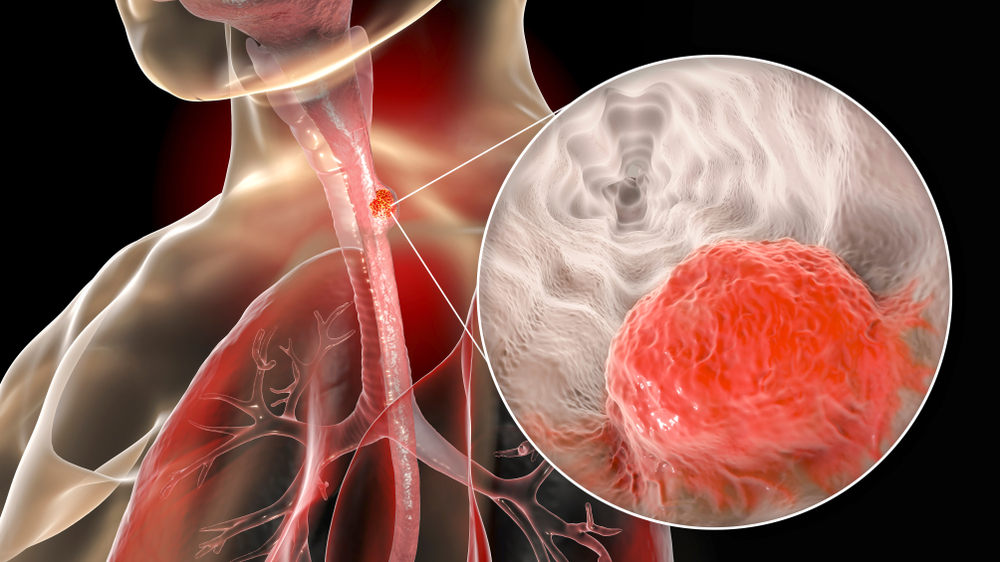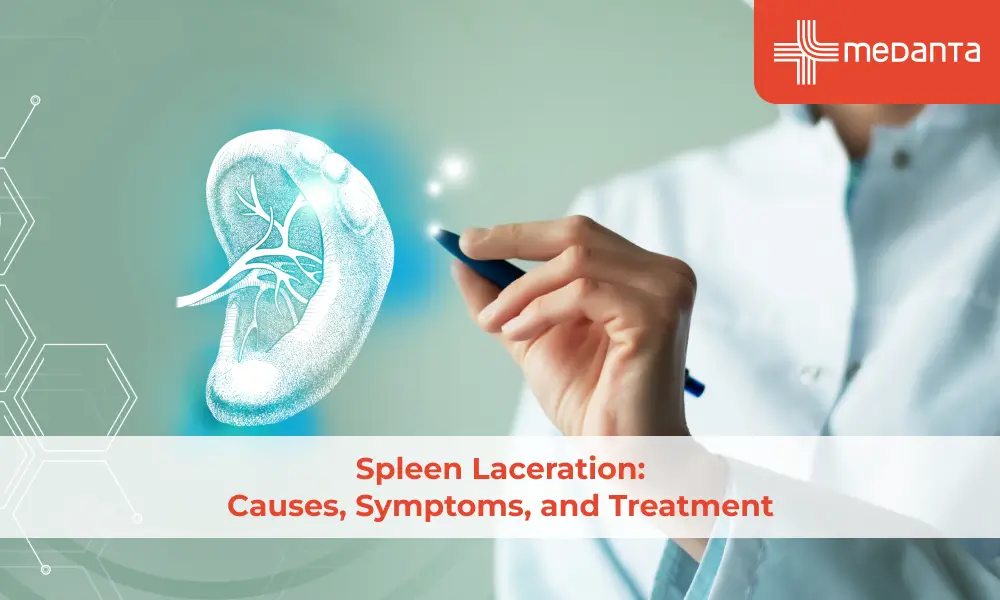Esophageal Cancer

Adenocarcinoma
Middle-aged, overweight men are more likely to develop esophageal adenocarcinoma. A spike in gastroesophageal reflux disease (GERD), a disorder in which stomach contents like acid and bile frequently flow up into the esophagus and cause chronic inflammation leading to a condition known as Barrett’s esophagus which raises the risk of esophageal cancer
According to recent research, addressing acid reflux lowers the risk of developing esophageal cancer.
Squamous Cell Carcinoma
Squamous cell carcinoma ranks second in terms of esophageal cancer incidence. Squamous cells, which line the interior of the esophagus and are thin, flat cells, start to grow out of control at this point. Smoking and excessive alcohol consumption are both strongly associated with esophageal squamous cell carcinoma.
Small Cell Carcinoma
Small cell carcinoma is a third, less common variety of esophageal cancer. It starts in neuroendocrine cells, which are a subset of cells that respond to nerve signals by secreting hormones into the bloodstream.
Symptoms
- Having trouble swallowing (dysphagia)
- Loss of weight without effort
- Chest pressure, discomfort, or burning
- Worsening of heartburn or indigestion,
- Hoarseness or coughing
Diagnosis
A medical professional will inquire about your symptoms and health background. To determine the condition, they might perform the following tests:
- Barium Swallow – You have to ingest a liquid that contains barium. Your esophagus can be seen more clearly on an X-ray due to barium.
- Computed Tomography (CT) scan - This examination enables medical professionals to determine whether tumors have spread to your chest and abdomen.
- Esophagogastroduodenoscopy (EGD) - An endoscope is a small, flexible tube that doctors use to see inside your esophagus.
- Esophageal Endoscopic Ultrasound - Your esophagus' interior is visualized by sound waves.
- Biopsy - During the EGD, medical professionals might take a small sample of tissue to look at under a microscope to check for cancer cells.
When esophageal cancer is staged, medical professionals consider things including the location and depth of the tumor, whether it has progressed to neighboring lymph nodes, and whether it has reached other distant tissues or organs.
Treatment:
Treatment for esophageal cancer is based on the cancer's grade and stage. Options for treatment include:
- Surgery: The most typical surgical treatment for esophageal cancer in its early stages is an esophagectomy. It entails removing part or all of your esophagus and the tissue around it. By transferring a portion of your stomach into your chest and neck, surgeons can establish a new esophagus.
- Radiation therapy: By directing a radiation beam toward the tumor, radiation kills or destroys cancer cells. Before or after surgery, medical professionals may employ radiation as adjuvant therapy.
- Chemotherapy: Chemotherapy either kills or inhibits the growth of cancer cells.
- Endoscopic submucosal dissection (ESD): Surgeons can use ESD to treat esophageal cancer, which is still in its very early stages.
- Endoscopic mucosal resection (EMR) is a surgical technique used to remove malignancies from the esophageal mucosa.
Conclusion:
Cancer of the tube connecting the throat and the stomach (oesophagus). Tobacco use and uncontrolled acid reflux are both significant risk factors for oesophageal cancer. Trouble swallowing, unintentional weight loss, chest pain, worsening indigestion or heartburn, and coughing or hoarseness are all symptoms. The treatment focuses on surgically removing the cancer. Chemotherapy and radiation therapy are also options.






